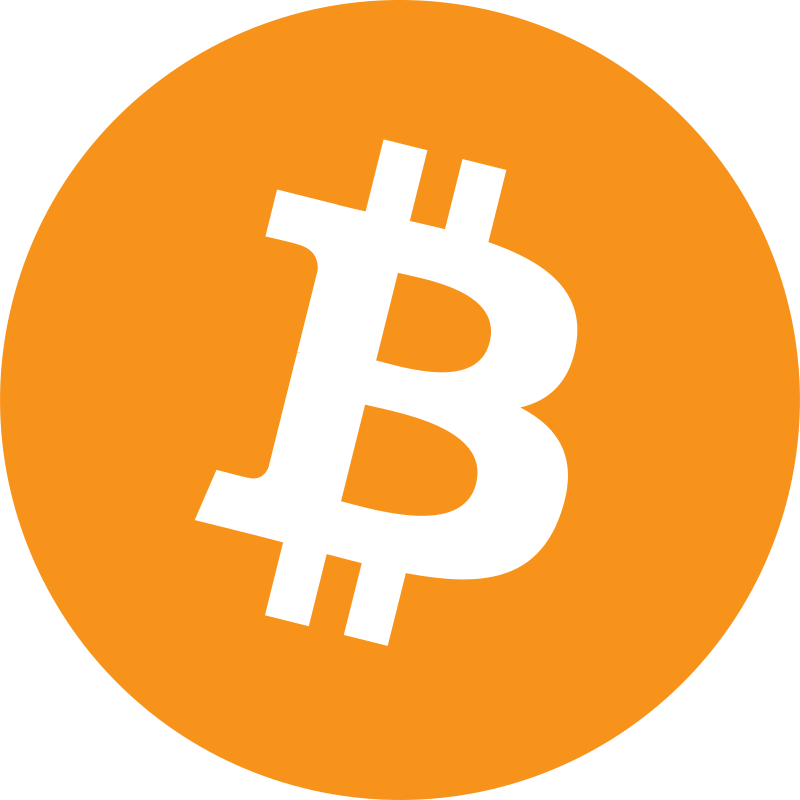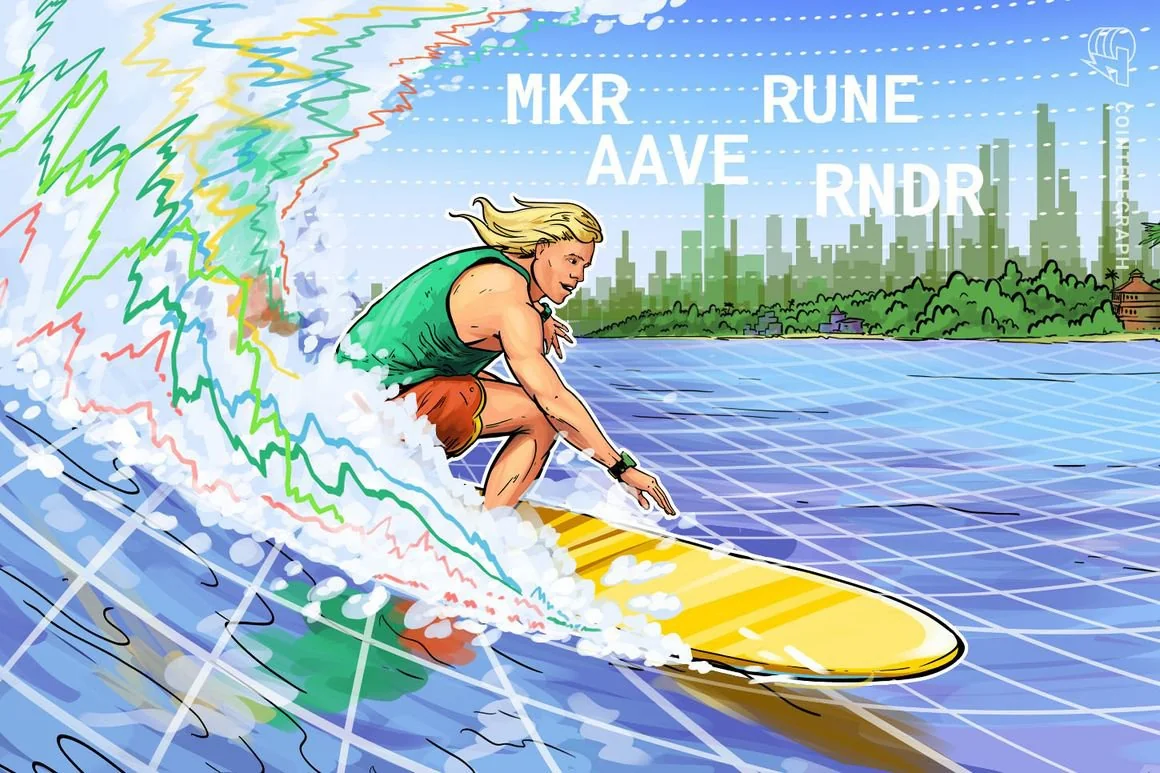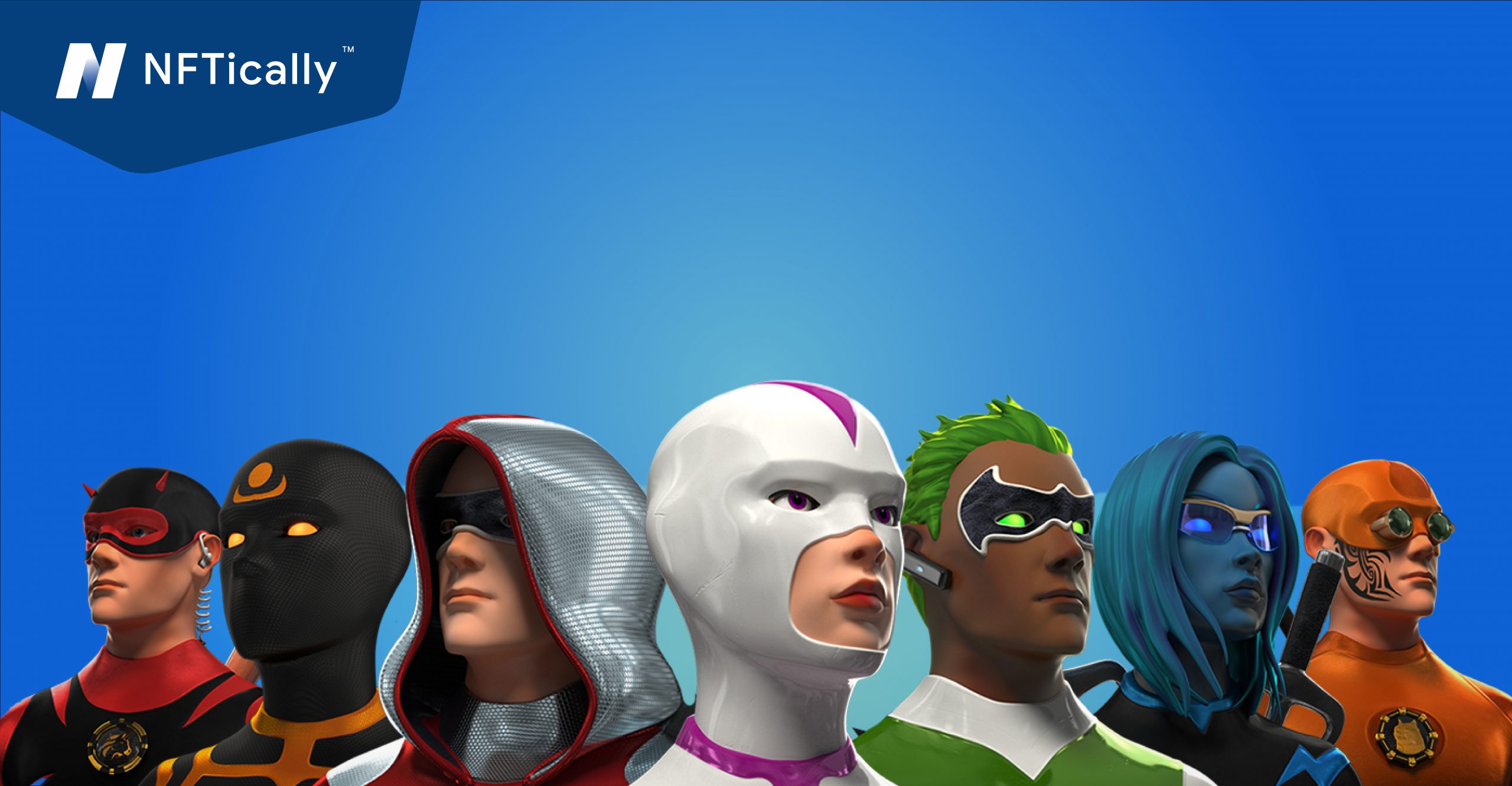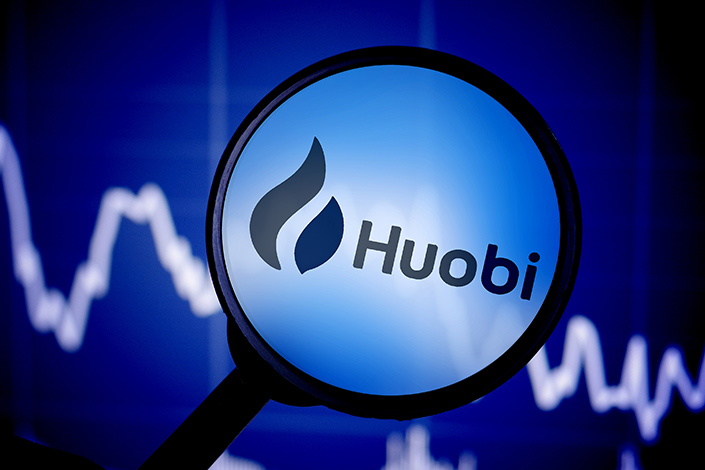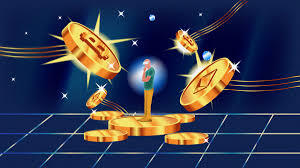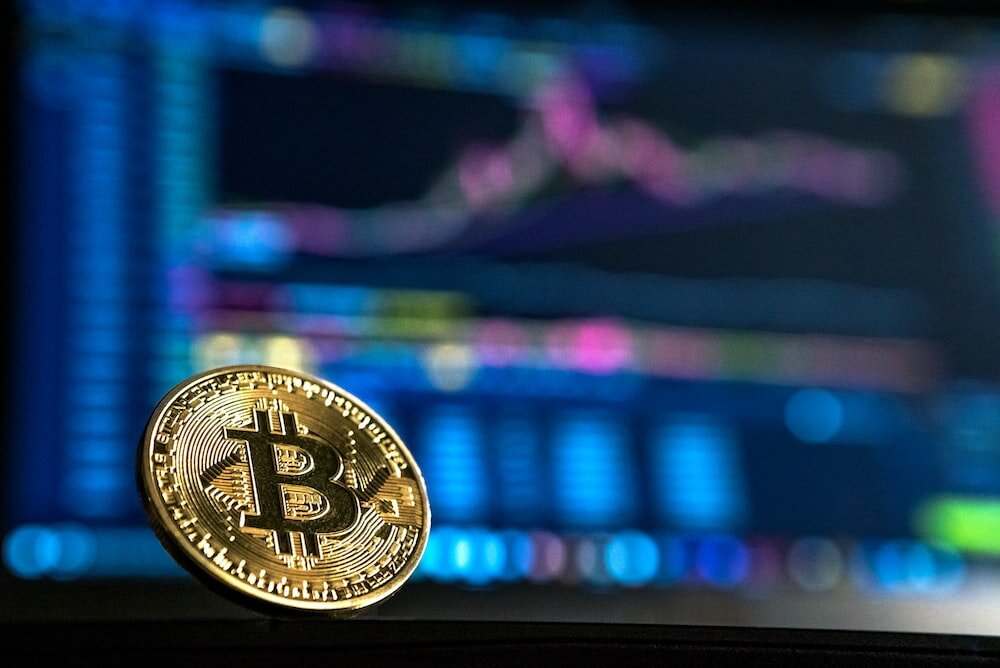Was Chainlink's (LINK) 35% gain merely a buy the rumour, sell the news scenario?
Explore Chainlink (LINK) gain in this buy the rumour, sell the news analysis. Was the 35% surge justified?
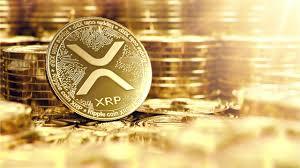
Was Chainlink's (LINK) 35% rally just a buy rumor, sell the news event?
Chainlink (LINK) rallied over 35% in September 2023, outperforming most other cryptocurrencies. However, the rally has stalled in recent weeks, and the price has fallen back to around $8.00.
Some analysts believe that the Chainlink rally was simply a "buy the rumor, sell the news" event, and that the price is now likely to continue to fall. Others believe that the rally is still in its early stages, and that the price has the potential to reach new highs in the coming months.
What is Chainlink?
Chainlink is a decentralized oracle network that provides real-world data to smart contracts on blockchain networks. Smart contracts are self-crypto market today agreements that can be used to automate a wide range of transactions, such as insurance payments and supply chain management.
However, smart contracts cannot access real-world data on their own. They need to rely on oracles to provide them with this data. Chainlink is a decentralized oracle network that provides this data in a secure and reliable way.
Why did Chainlink rally?
There are a few reasons why Chainlink rallied in September 2023:
The launch of the Chainlink 2.0 network. The Chainlink 2.0 network is a major upgrade to the Chainlink network that includes a number of improvements, such as increased scalability and security.
The growing adoption of Chainlink by enterprise clients. A number of large enterprises, such as Google and SWIFT, are now using Chainlink to provide data to their smart contracts.
The overall bullish sentiment in the cryptocurrency market. The cryptocurrency market has been in a bullish trend since the beginning of 2023, and this has helped to boost the price of Chainlink.
Was the rally a "buy the rumor, sell the news" event?
Some analysts believe that the Chainlink rally was simply a "buy the rumor, sell the news" event. This means that investors bought Chainlink in anticipation of the launch of the Chainlink 2.0 network and the growing adoption of Chainlink by enterprise clients. Once these events occurred, investors sold their Chainlink holdings, leading to the decline in price.
Is the rally over?
It is too early to say whether the Chainlink rally is over. The price is still consolidating above the $8.00 level, which is a positive sign. However, if the price falls below this level, it could signal that the rally is over and that the price is likely to continue to fall.
What should investors do?
Investors who are considering investing in Chainlink should carefully consider their risk tolerance and investment goals. Chainlink is a volatile asset class, and investors should be prepared to lose money.
Investors who are already invested in crypto market cap should also carefully consider their options. Some investors may choose to sell their Chainlink holdings and wait for the market to turn around. Others may choose to hold their Chainlink holdings and hope for a rebound in the long term.
Ultimately, the decision of what to do with Chainlink is a personal one. Investors should carefully consider their own circumstances and make the decision that is best for them.
Here are some additional tips for investors:
Do your own research before investing in any cryptocurrency.
Only invest what you can afford to lose.
Diversify your portfolio by investing in a variety of cryptocurrencies and other asset classes.
Have a long-term investment horizon.
The cryptocurrency market is still in its early stages of development, and it is important to be patient. It may take several years for the market to mature and for cryptocurrencies to become more widely accepted.
It is too early to say whether the Chainlink rally is over or whether it will continue. Investors should carefully consider their risk tolerance and investment goals before making a decision about whether to invest in Chainlink.
What's Your Reaction?









